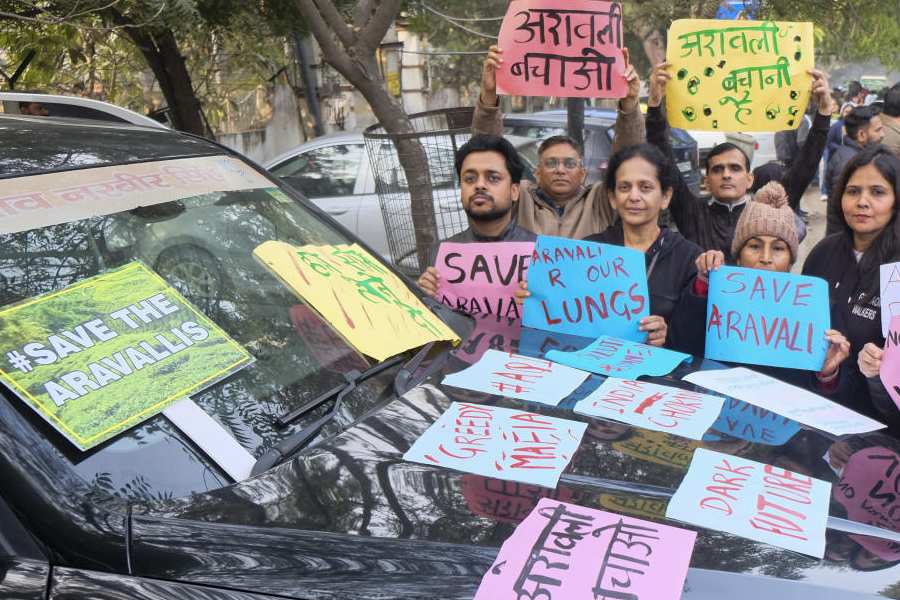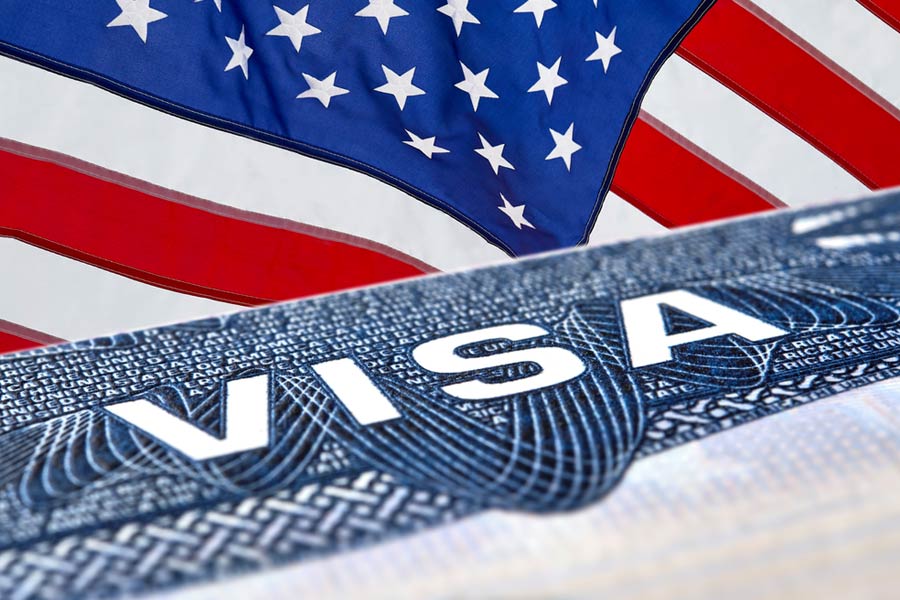 |
Children in the age group of eight to 12 years are increasingly getting addicted to otherwise ordinary substances much to the concern of their parents and authorities at de-addiction centres in the city.
Whiteners, adhesives and pain-killing ointments are what these children are turning to, either because of peer pressure or some family discord among other reasons.
It is not a recent phenomenon though. Sources said a youth in Patna, addicted to whiteners, committed suicide four years ago after failing to keep a promise he had made to his mother that he would kick the habit.
“This is not the only case of whitener addiction in Patna. We know of some students belonging to the age group of eight to 16 years becoming addicted to whiteners,” Dr Vivek Vishal, managing director, Hitaishi Happiness Home, told The Telegraph. Addiction to pain-killing ointments is also common.
Dr Vishal said for every 10 new cases he receives at the centre, at least 40 calls come from parents wishing to free their children of addiction. “Every month, I get eight to 10 new cases of children aged 8-12 years getting addicted to whiteners. However, this does not point to the actual per cent of whitener addiction in the city, as I get around 30-40 phone calls from parents asking me how to rid their child of whitener addiction. Very few addicts actually turn up at the centre to kick their dependence on whiteners,” he said.
Toluene — a clear, water-insoluble liquid with the typical smell of paint thinners — is a substance in whiteners that causes the addiction.
Rakhi Sharma, the director of Disha De-addiction-cum-Rehabilitation Centre, said: “Peer pressure, heartbreak, unhappy family life and lack of a cordial relationship with parents are some of the reasons why children get addicted to substances like whiteners or adhesives. At our centre, apart from whitener addiction, we also get cases of addiction to petrol and adhesives. We have found children inhaling the fumes of petrol or adhesives and then being unable to get rid of the habit.”
Inhaling or drinking whiteners seriously impacts a child’s health, said Dr Vishal. “Drinking whitener can lead to failure of the liver system, while inhaling it can cause a breakdown of the nervous system. Children can also show symptoms of schizophrenia; they can start mistrusting or abusing everyone around them,” he said.
Both Hitaishi Happiness Home and Disha De-addiction-cum-Rehabilitation Centre counsel the addicts who come to them for help apart from giving them medicines to fight the addiction.
“Many parents feel that they would be able to free their child of addiction on their own but this is not possible in every case. While it is possible in case of mild addiction (in the initial stage), the child would need expert guidance if his/her addiction reaches the moderate or severe stage. We conduct counselling for such children and also give them medicines,” said Dr Vishal
Rakhi Sharma said: “Hallucination, lack of appetite, vomiting and retarded growth are some of the symptoms of addiction to such substances. As part of the treatment, we counsel the child and the parents and also give medicines.”










